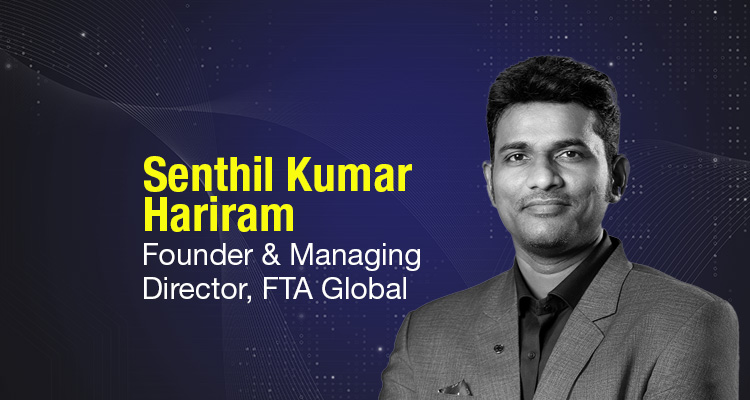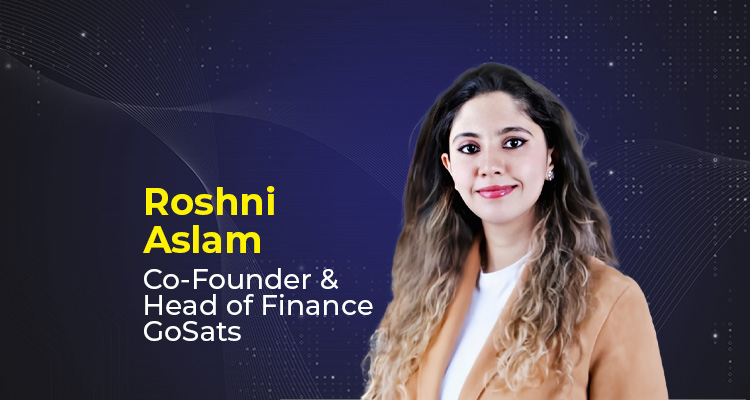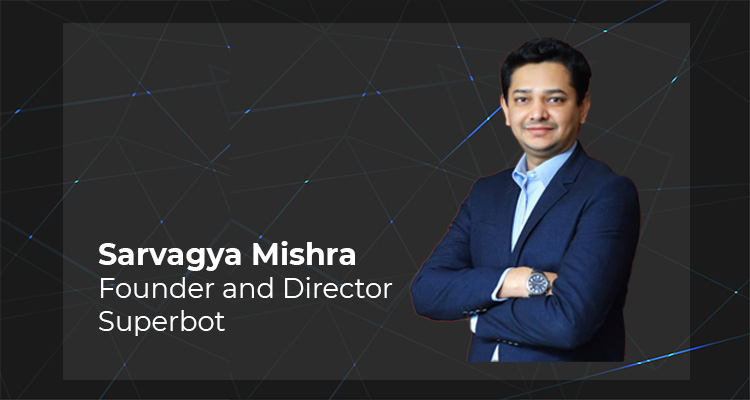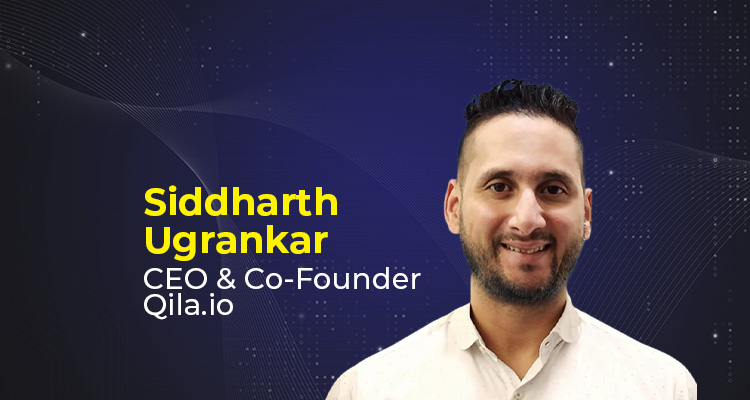As a performance marketing agency, what are the core services FTA Global specialises in, and what differentiates your services from others in the market?
At FTA Global, we position ourselves as a 360-degree full stack marketing operating system powered by the synergy of Human+AI. Our core services span across Paid Media, SEO, Social Media Management, Content, Creative Strategy and Analytics.
What sets us apart is our integrated approach that blends human intelligence with proprietary AI tools to deliver measurable business outcomes. Unlike traditional agencies that operate in silos, we ensure all functions from creative to performance are aligned under one strategic umbrella, enabling faster execution and unified results.
Moreover, our full funnel strategy doesn’t just focus on clicks or conversions. It ensures brand impact, consumer engagement, and long-term growth. With deep industry experience and a tech-enabled foundation, FTA Global is not just a service provider. We are growth partners for the brands we work with.
How did you conceptualise the TaaS model, and what were the biggest challenges in translating that into a scalable offering?
The TaaS (Team-as-a-Subscription) model was born out of years of firsthand experience in the agency ecosystem, where we consistently saw talented executives burdened with multiple accounts and rigid scopes of work, often setting them up for failure. We realised this approach limited both client success and employee satisfaction.
To address this, we reimagined the delivery structure and created a pod-based model that embeds dedicated marketing professionals as an extension of the client’s internal team. This ensures deeper focus, agility, and strategic alignment, driving real long-term growth for the client, which in turn contributes to our own growth.
One of the biggest challenges in scaling this model was maintaining quality and consistency across pods while tailoring strategies for each client’s unique needs. We overcame this by building strong internal processes, leveraging technology, and hiring cross-functional talent who can thrive in a collaborative and ownership-driven environment.
What internal processes do you have in place to identify, escalate, and mitigate campaign risks before they impact KPIs?
We follow a highly structured and transparent approach to campaign management. All projects are documented and tracked in real time using Notion, with week-on-week monitoring based on a predefined run rate. This allows us to proactively spot any deviations from the expected performance trajectory early in the process.
What further strengthens our risk mitigation strategy is our approach to KPIs. We don’t stop at surface-level metrics like traffic or clicks. Our KPIs are reverse engineered from final conversions and business outcomes. This helps us not only identify issues faster but also prioritise what truly matters for the client’s growth. By keeping the entire team aligned on conversion-driven goals, we ensure swift course correction and sustained performance.
How do you structure contracts and SLAs to share risk and reward, and how do you handle situations where a Big Bet fails to deliver?
Our contracts are built on a foundation of deep research and strategic alignment, often beginning well before the pitch stage. We initiate every engagement by asking what’s next for the brand, not just what’s in scope. This forward-looking mindset allows us to co-create growth strategies that go beyond traditional digital marketing and are rooted in real business impact. We don’t operate on rigid SOW models; instead, we focus on what truly drives a brand forward. Our SLAs are structured to reflect shared ownership of outcomes, not just task completion.
As for Big Bets, they’re not made on a whim. Every initiative is data-informed and designed to be scalable and resilient. While marketing always involves a degree of risk, our rigorous planning, continuous optimisation, and agile team structure significantly reduce the likelihood of failure. If something underperforms, we move fast, learn, and adapt to ensure the brand continues to progress without losing momentum.
With AI-powered bidding, creative refreshes, and predictive analytics, how do you balance algorithmic automation with human strategic oversight to prevent “black-box” decision making?
AI tools like automated bidding, predictive analytics, and creative refreshes offer scale, but without human oversight they can become black box systems. We balance automation with strategic thinking through cross functional pods that include experts in SEO, Paid Media, Creative, and Analytics. These teams interpret data, validate platform recommendations, and ensure decisions align with business goals.
We don’t blindly follow automated suggestions like broad match or auto assets. We question, test, and optimise. Our Quant Model provides insights, but it is human intelligence that drives clarity, accountability, and real ROI, ensuring every action is intentional and transparent.
As you build proprietary AI tools, how do you manage technical debt to ensure future scalability and maintainability?
We are currently in the early stages of AI tool development and have not yet finalised a product roadmap or defined the specific models for our MVP. At this stage, our primary focus is on building internal tools that streamline and accelerate operational workflows rather than deploying AI models in production.
We are experimenting with various tool APIs to automate repeatable tasks and have started prototyping small AI modules, such as cosine similarity, which are currently running locally. Once we have clarity on core features and model requirements, we will evaluate and finalize the technology stack. Only then will we strategically address technical debt, scalability, and long-term maintainability to ensure a robust and future-ready AI infrastructure.
Enjoyed this interview. Now, imagine yours. Write to:
editor@thefoundermedia.com




